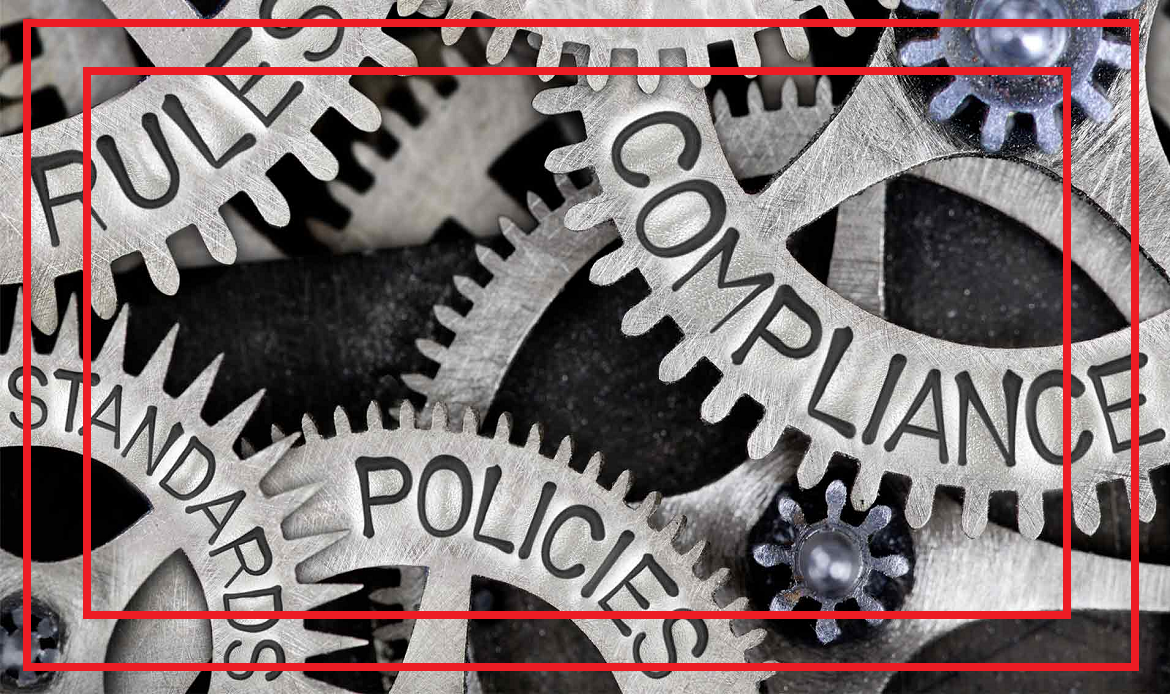Loan to value ratio (LTV ratio) a measure that relates the amount borrowed (a loan amount) to the value of the asset used as collateral. It determines the maximum amount that can be extended as a secured loan based on the market value of the asset pledged as collateral. The borrower, in a secured loan, gives the lender a certain claim to the asset in case the former becomes unable to pay it back as per the agreement).
The loan to value ratio (LTV ratio, or LVR) expresses the ratio of a loan to the value of the asset for which the loan will be used. In the context of home loans, this ratio is simply the home loan (mortgage amount) or investment loan amount divided by the value of the underlying property.
The LTV ratio is determined by dividing the loan amount by the value of the asset, and then multiply by 100:
LTV = (amount owed on the loan ÷ appraised value of asset) × 100
For example, a customer intends to buy a house appraised at $150,000 and the loan amount is estimated to be $120,000, the LTV ratio at the time of purchase is: ($120,000/$150,000) x 100, that is, 80%.
In other words, the LTV ratio is the portion of the asset’s appraised value that can be extended as loan.
For lenders and regulators, the LTV ratio is calculated at the time the loan is extended. However, a borrower can calculate it at any time during the loan’s repayment period by dividing the amount owed (outstanding amount) on the loan by the asset’s appraised value. With repayment over time, the amount owed decreases, which in turn lowers LTV.
Another factor that affects this ratio is the changes that may arise as to the asset’s price or value in the market. If the value of the asset increases over time, the LTV gets reduced. But if the asset’s value drops, the LTV will be driven higher.
When an LTV ratio exceeds 100%, a borrower will be uncovered by any collateral- i.e., when the market value of the asset is less than the outstanding amount owed on the loan. In which case, the borrower will be “underwater” on the loan.






